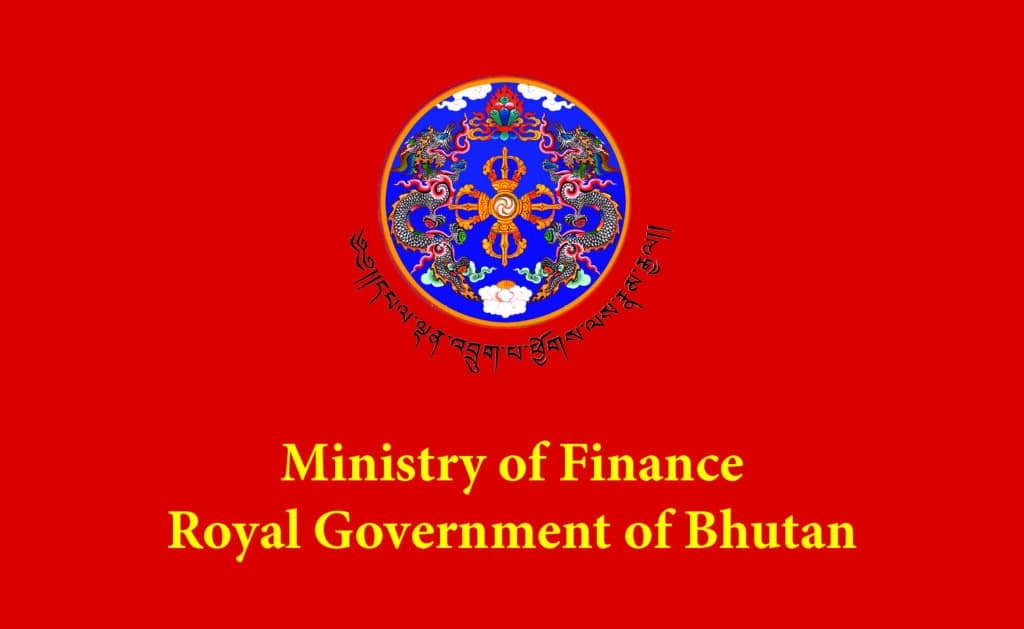Go back to the roots
About 62% of the country’s population lives in the rural areas. However, there is a cancer-like ailment growing in the rural backwaters, which is threatening the well being of the people. According to the Population and Housing Census of Bhutan 2017, 21.7% of people have migrated to urban hubs in the course of their lives, leaving agricultural land fallow and houses back in the villages empty resulting in 4,800 gungtongs (empty households).
This is an issue of great concern as with increasing rural-urban migration, urban centers are feeling the pressure of scarce resources like limited accommodation, unemployment, waste issues and so on. On the other hand, agricultural land in the villages are not exploited to full potential and community and family fabric are disintegrating leaving elderly people especially with a weak or no support system at all.
Thus, rural-urban migration is a phenomenon that is bad for both urban and rural communities. The Prime Minister in The State of the Nation report 2017-18 stated that the government has been doing a lot in this regard including constructing farm roads, providing electricity and telecommunication services to villages, initiating programs to support agriculture like distributing power tillers, installing electric fencing and facilitating rural loans through funding windows like the Rural Enterprise Development Corporation. Additionally, in the 11th Plan, 187 farm shops were established and 200 gewog banks were opened.
These achievements are commendable. In 2017, poverty rate stood at 8.2% compared to 12% in 2012. However, it would be good for the authorities not to slacken in their efforts. The good done through the various initiatives undertaken in the rural communities should translate into concrete reduction of rural-urban migration and gungtong figures. Otherwise, all the initiatives are in vain.
While, no comprehensive study has been done on why people migrate to urban centers, it could be speculated that they do so because they see more economic opportunities and potential for a better lifestyle in the urban hubs. Also, maybe the glamorous image that cities like Thimphu hold are too much for villagers especially energetic and starry-eyed youth to resist.
That is why it is so important for them to realize the value of their roots. The authorities would do well not only to provide physical and soft infrastructure to the villagers but also educate them on the importance of preserving their roots, culture and traditions. Awareness must also be created on the ills of leaving the villages such as disintegration of family systems. And this can be done only if the root causes of the rural-urban drift are discovered. Then, the causes could be addressed specifically and with dynamism.
Without first knowing the problem, it is impossible to find a solution.













